13 Most Beautiful National Parks In Brazil
Discover the most beautiful national parks in Brazil, from shimmering dunes to thundering waterfalls and lush jungles.
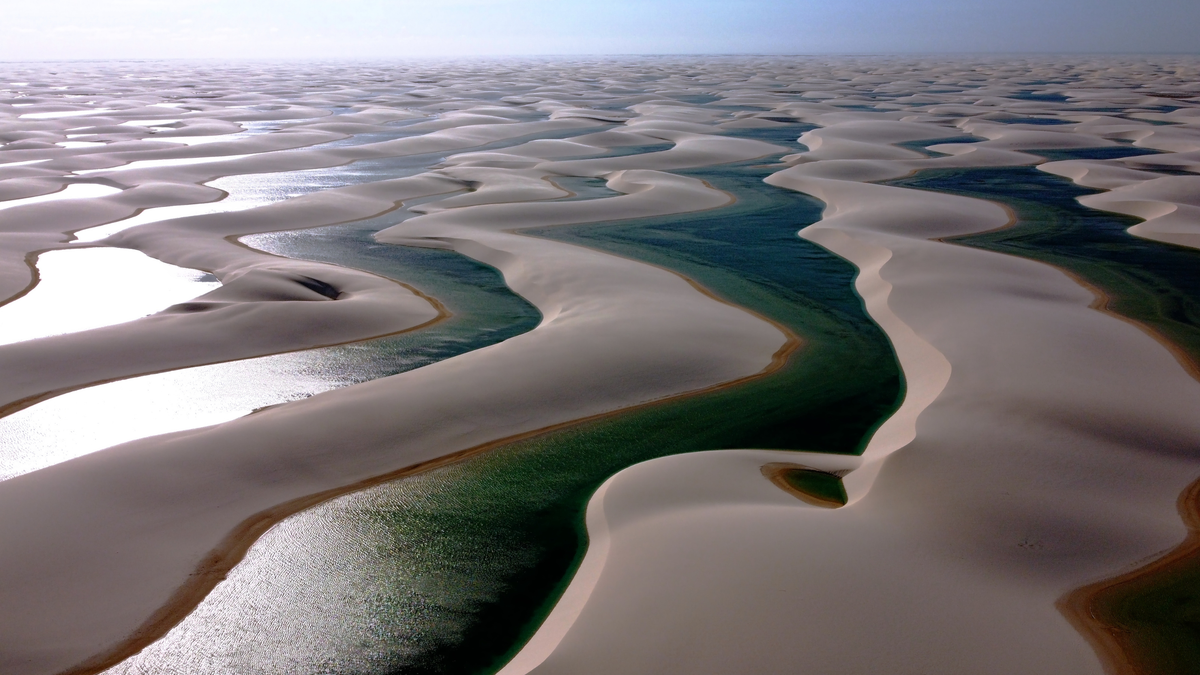
Brazil has so many beautiful places, you could fill an entire book trying to name them all—but here are 13 of the most beautiful national parks in Brazil I’ve come across so far. If you’re planning a trip to this incredible country, these should be right at the top of your must-visit list.
Lençóis Maranhenses National Park
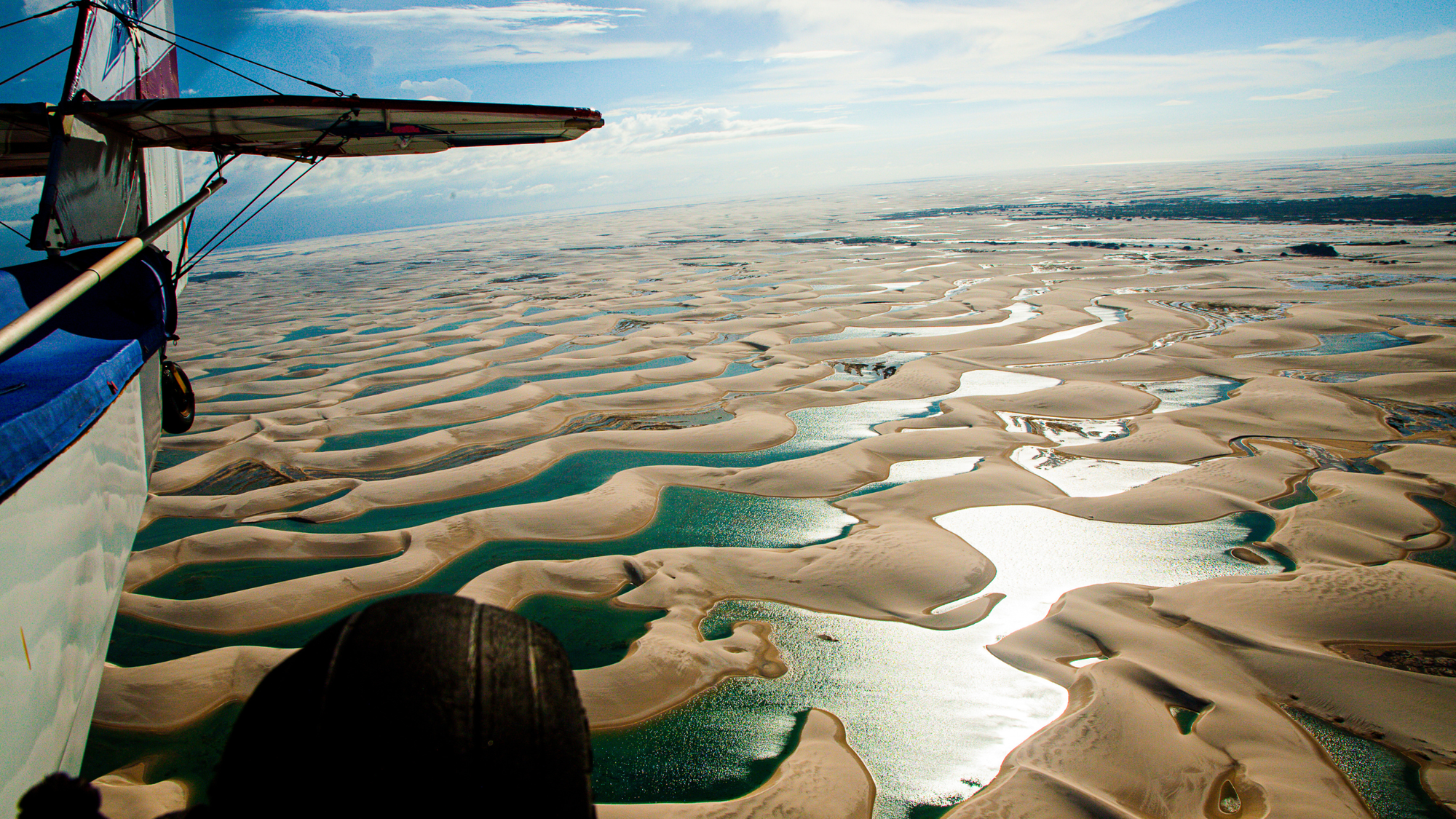
Lençóis Maranhenses National Park is a surreal wonder in Maranhão, where white sand dunes stretch endlessly, cradling crystal-clear lagoons that form from June to September. Covering 155,000 hectares, this park blends desert-like expanses with turquoise pools created by seasonal rains, creating a dreamlike contrast that feels otherworldly. Walking across the warm, powdery sand, you’re struck by the sheer scale of the dunes, some towering 40 meters, and the shimmering waters reflecting the tropical sky.
Accessible mainly through guided tours from Barreirinhas, the park’s isolation preserves its pristine allure, making every visit feel like a journey to a hidden world. The lagoons, like Lagoa Bonita, invite refreshing swims, while the dunes’ curves offer endless angles for photographers. Despite its barren look, the park supports life—migratory birds and small fish thrive in the temporary pools, adding a subtle pulse to the stillness. Lençóis Maranhenses is nature’s paradox—arid yet aqueous, stark yet lush—offering a serene escape into one of Brazil’s most unique landscapes, where the interplay of sand and water redefines beauty.
Lençóis Maranhenses National Park Highlights
- Endless white sand dunes sculpted by wind
- Crystal-clear turquoise lagoons
- Surreal desert-oasis hybrid landscape
- Seasonal pools perfect for swimming
- Sunset views with golden-pink hues
- Migratory birds and aquatic life
- Remote trails for serene exploration
Iguaçu National Park
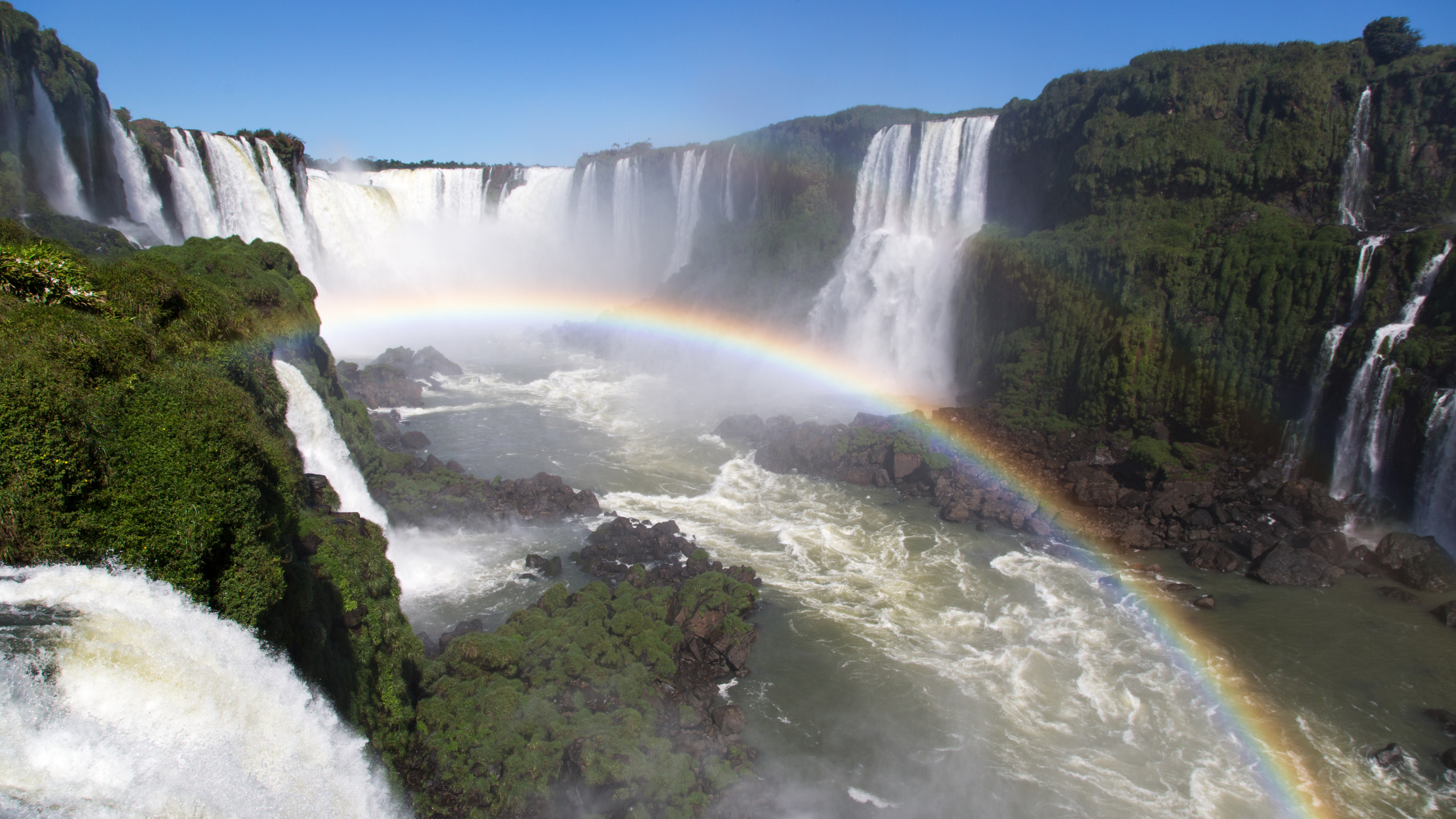
Iguaçu National Park in Paraná is a UNESCO World Heritage Site showcasing the colossal Iguaçu Falls, a network of over 270 waterfalls stretching nearly two miles along the Brazil-Argentina border. The Devil’s Throat, a U-shaped cascade, plunges with such force that mist and rainbows rise into the sky, creating a spectacle of raw power. The park’s lush rainforest teems with toucans, capuchin monkeys, and elusive jaguars, enveloping the falls in a green embrace.
Trails like Trilha das Cataratas lead to catwalks where you feel the spray and hear the thunder of water, immersing you in nature’s intensity. Covering 185,000 hectares, the park protects a rich ecosystem with orchids and bromeliads lining the paths. Iguaçu is more than a waterfall—it’s a sensory journey into Brazil’s wild heart, where the scale of the landscape and the roar of water leave you in awe of nature’s artistry.
Iguaçu National Park Highlights
- Over 270 thundering waterfalls
- Lush rainforest with diverse wildlife
- Devil’s Throat’s misty spectacle
- Scenic catwalks for close-up views
- Rainbow-filled vistas
- Rich ecosystem with orchids
- Panoramic lookouts across the falls
Fernando de Noronha Marine National Park
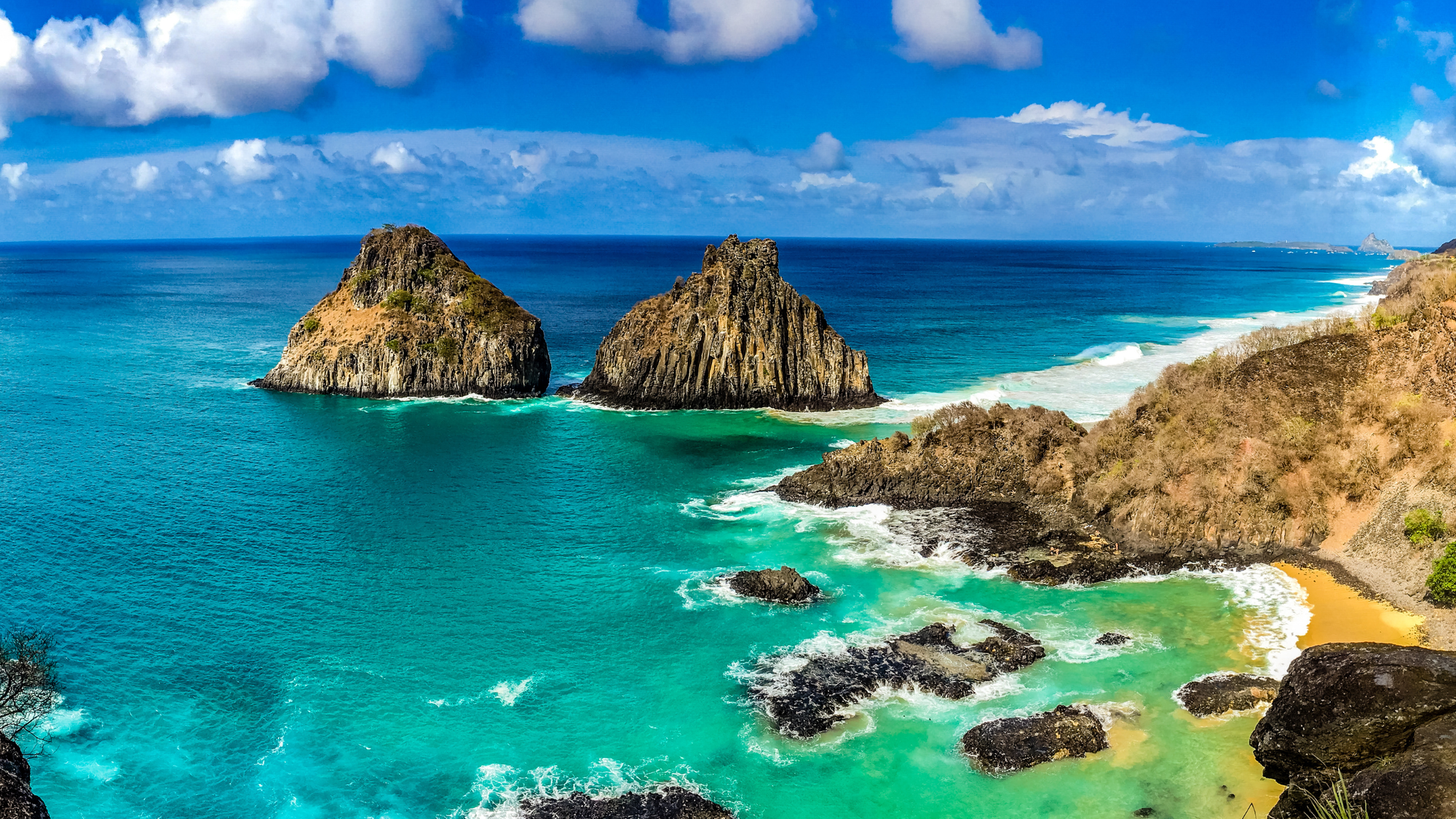
Fernando de Noronha Marine National Park is a pristine archipelago 350 kilometers off Pernambuco’s coast, a UNESCO World Heritage Site famed for its turquoise waters and untouched beaches. Spanning 11,270 hectares, mostly ocean, the park’s main island and 20 islets feature beaches like Baía do Sancho, often ranked among the world’s best. The sea’s clarity reveals fish, sea turtles, and spinner dolphins, making it a snorkeler’s haven. Volcanic cliffs and rock formations frame the shores, adding rugged beauty to the soft sands. Strict visitor limits preserve the park’s unspoiled charm, ensuring tranquility.
Trails like Morro Dois Irmãos offer sweeping views of emerald bays, while diving spots reveal coral reefs and sea caves. Conservation efforts, like Project Tamar for turtle protection, enhance the park’s eco-conscious appeal. Sunsets paint the sky in fiery hues, reflecting off the sea like a mirror. The archipelago’s isolation feels like a privilege, with every beach offering a sense of discovery. Fernando de Noronha is a coastal gem, blending serene shores with Brazil’s raw natural splendor.
Fernando de Noronha Marine National Park Highlights
- World-class beaches with turquoise waters
- Abundant marine life, including dolphins
- Pristine coral reefs for snorkeling
- Volcanic cliffs framing the coast
- Limited visitors for serene escapes
- Panoramic trails with sunset views
- Eco-focused turtle conservation
Chapada Diamantina National Park
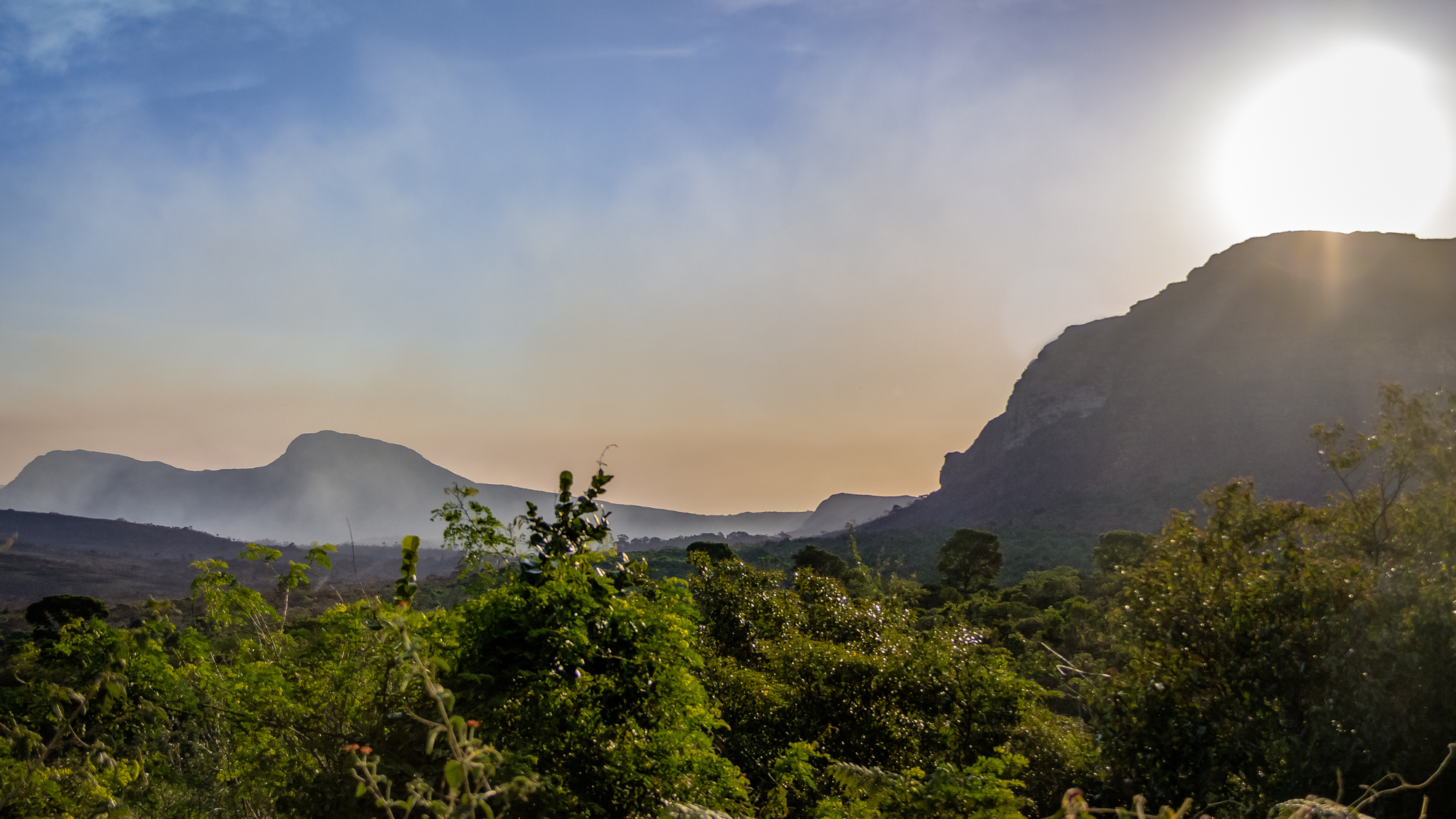
Chapada Diamantina National Park in Bahia is a rugged paradise of dramatic cliffs, glowing caves, and thundering waterfalls, covering 152,000 hectares. Cachoeira da Fumaça, Brazil’s tallest waterfall at 340 meters, plunges into a misty abyss, while Poço Encantado and Poço Azul shimmer with crystal-clear waters in limestone caves, casting an ethereal glow. Trails lead to summits like Morro do Pai Inácio, offering panoramic views of table-top mountains and valleys dotted with wildflowers.
The cerrado ecosystem supports anteaters, pumas, and rare orchids, while the park’s diamond-mining history adds intrigue, with old prospector trails guiding adventurers. Towns like Lençóis and Vale do Capão, with cobblestone streets and cozy pousadas, serve as gateways, offering hearty local meals. The park’s varied terrain—canyons, underground rivers, and quartz-studded rocks—creates a mystical landscape. Whether swimming in glowing pools or stargazing under pristine skies, Chapada Diamantina is a journey into Brazil’s wild, timeless interior, where nature’s artistry shines.
Chapada Diamantina National Park Highlights
- Glowing caves with sparkling blue pools
- Brazil’s tallest waterfall, Cachoeira da Fumaça
- Panoramic views from Morro do Pai Inácio
- Quartz-studded cliffs and canyons
- Diverse cerrado wildlife, including pumas
- Historic diamond-mining trails
- Wildflower-dotted valleys
Pantanal Matogrossense National Park
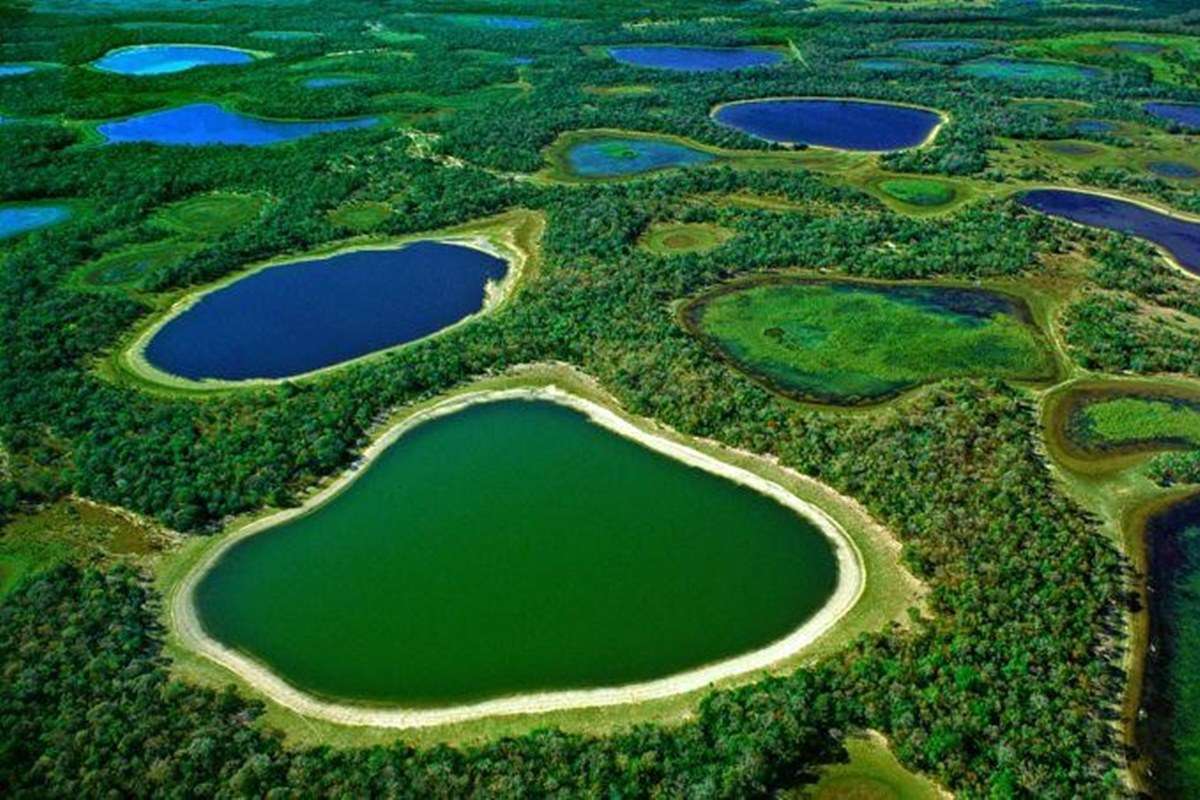
Pantanal Matogrossense National Park in Mato Grosso is the world’s largest tropical wetland, a flooded plains haven spanning 135,000 hectares. This park is a wildlife paradise, where jaguars prowl riverbanks, capybaras graze, and hyacinth macaws flash their brilliant wings. The open terrain, unlike the dense Amazon, makes spotting animals easy, with sunrise boat trips along the Cuiabá River revealing otters and herons against mirrored skies.
The landscape blends marshes, rivers, and grasslands, with patches of forest shifting seasonally. Eco-lodges offer immersive stays, blending with the environment, while the park’s remoteness ensures a pristine experience. Sunsets cast fiery hues across the wetlands, reflecting in a dazzling display. The Pantanal’s open vistas make every wildlife encounter intimate, from a jaguar’s silhouette to flocks of jabiru storks. This park is a front-row seat to Brazil’s wild heart, blending serene beauty with raw nature.
Pantanal Matogrossense National Park Highlights
- Expansive flooded plains ecosystem
- Abundant wildlife, including jaguars
- Shimmering sunrise river reflections
- Seasonal savannas for exploration
- Hyacinth macaws in flight
- Serene eco-lodge experiences
- Fiery sunset wetland vistas
Chapada dos Veadeiros National Park
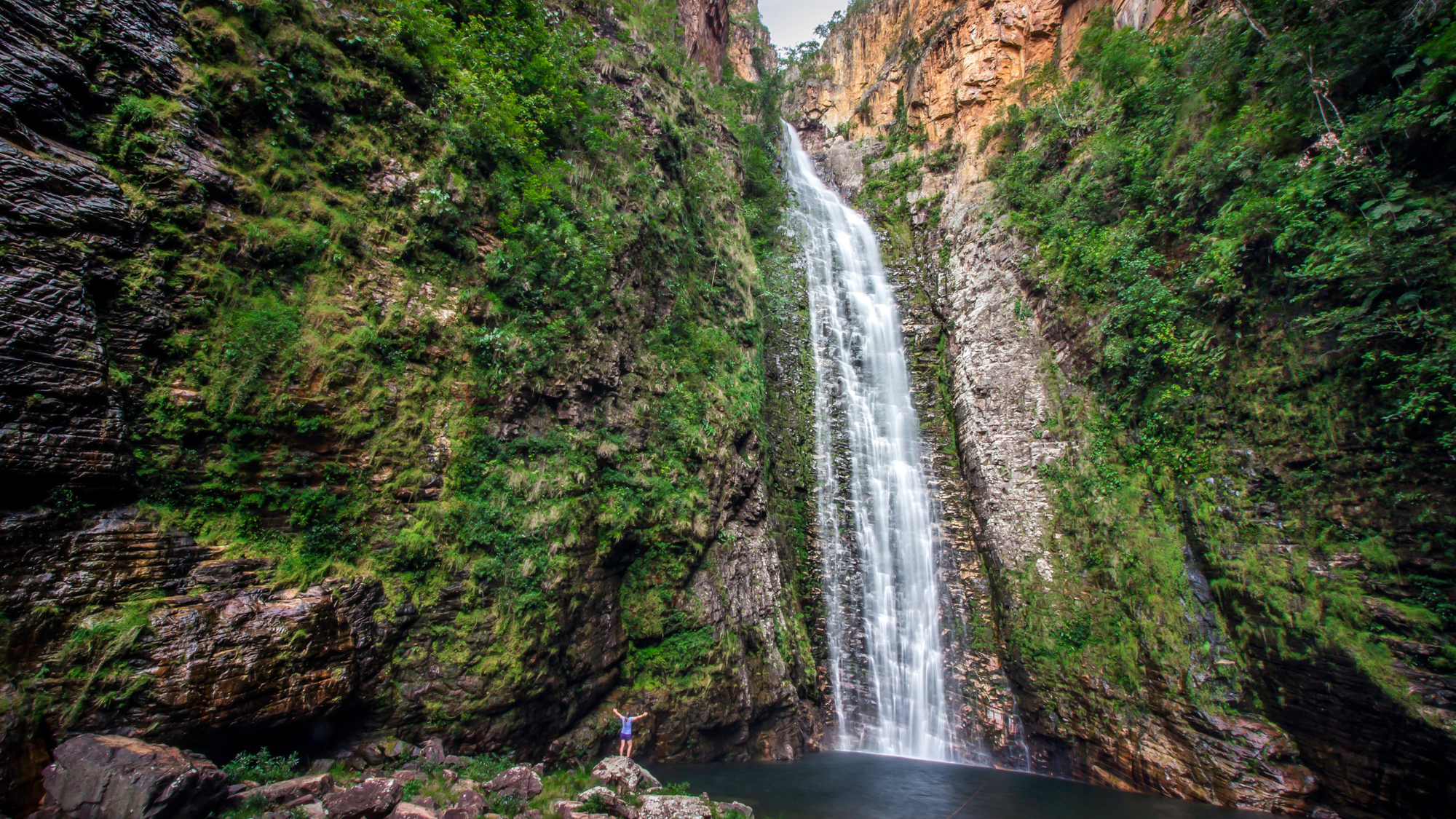
Chapada dos Veadeiros National Park in Goiás is a UNESCO World Heritage Site, a quartz-studded highland spanning 240,000 hectares. Cachoeira Santa Bárbara and Almécegas I cascade into turquoise pools, while Vale da Lua’s river-carved rocks resemble a lunar landscape. The cerrado ecosystem supports maned wolves, giant anteaters, and rare orchids. Trails, from easy walks to challenging treks, offer panoramic views of flower-dotted plateaus.
The park’s quartz crystals, thought to hold spiritual energy, draw adventurers and soul-seekers. Night skies, free from city lights, make stargazing unforgettable. Chapada dos Veadeiros blends raw beauty with mystical allure, offering a serene escape into Brazil’s wild interior.
Chapada dos Veadeiros National Park Highlights
- Stunning quartz-studded highlands
- Turquoise waterfalls like Santa Bárbara
- Lunar-like Vale da Lua rocks
- Rare wildlife, including maned wolves
- Panoramic trails with wildflower views
- Spiritual quartz crystal landscapes
- Pristine night skies for stargazing
Serra da Canastra National Park

Serra da Canastra National Park in Minas Gerais is a rugged haven of rolling plateaus and waterfalls, spanning 200,000 hectares. The São Francisco River’s source and Casca D’Anta, a 186-meter waterfall, anchor the park’s dramatic landscape. The cerrado supports maned wolves, giant armadillos, and pampas deer, with trails revealing sweeping vistas of rocky outcrops.
The Curral de Pedras, a rocky formation, frames serene pools, perfect for swimming. Local cheese production adds cultural charm, with nearby farms offering tastings. The park’s open plains and distant mountains create a timeless panorama, where every trail feels like a step into Brazil’s heartland. Serra da Canastra’s blend of rugged terrain and shimmering waters is a wild, unforgettable escape.
Serra da Canastra National Park Highlights
- Thundering rolling plateaus and waterfalls
- São Francisco River’s pristine source
- Serene pools at Curral de Pedras
- Maned wolves and pampas deer
- Sweeping vistas of rocky outcrops
- Local cheese-making heritage
- Diverse cerrado landscapes
Anavilhanas National Park
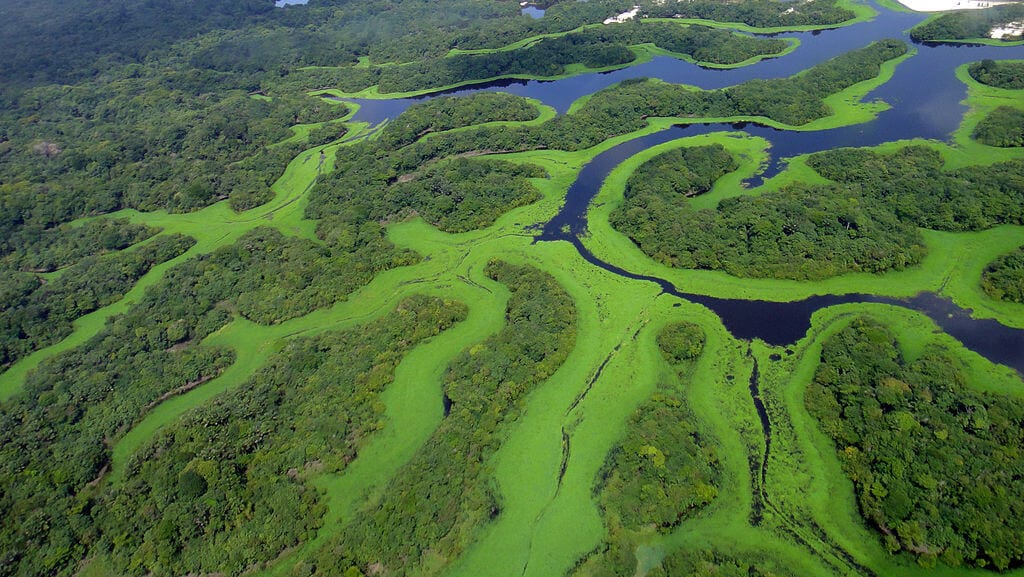
Anavilhanas National Park in Amazonas is a labyrinthine Amazonian archipelago of over 400 islands along the Rio Negro, covering 350,000 hectares. Flooded forests create a surreal landscape during the wet season (December to May), with canoes gliding through submerged trees.
The park’s biodiversity includes 500 bird species, jaguars, and sloths. Eco-lodges offer immersive stays, with the jungle’s nocturnal sounds as a backdrop. The Meeting of the Waters, a nearby marvel, shows the Rio Negro and Amazon running side by side. Anavilhanas’ serene rivers and dense forests offer a deep dive into Brazil’s Amazonian beauty, where every paddle stroke unveils nature’s complexity.
Anavilhanas National Park Highlights
- Stunning labyrinthine Amazonian archipelago
- Blackwater Rio Negro with pink dolphins
- Flooded forests for canoe exploration
- Diverse birdlife, including macaws
- Sandy beaches in dry season
- Nearby Meeting of the Waters
- Immersive eco-lodge stays
Tijuca National Park
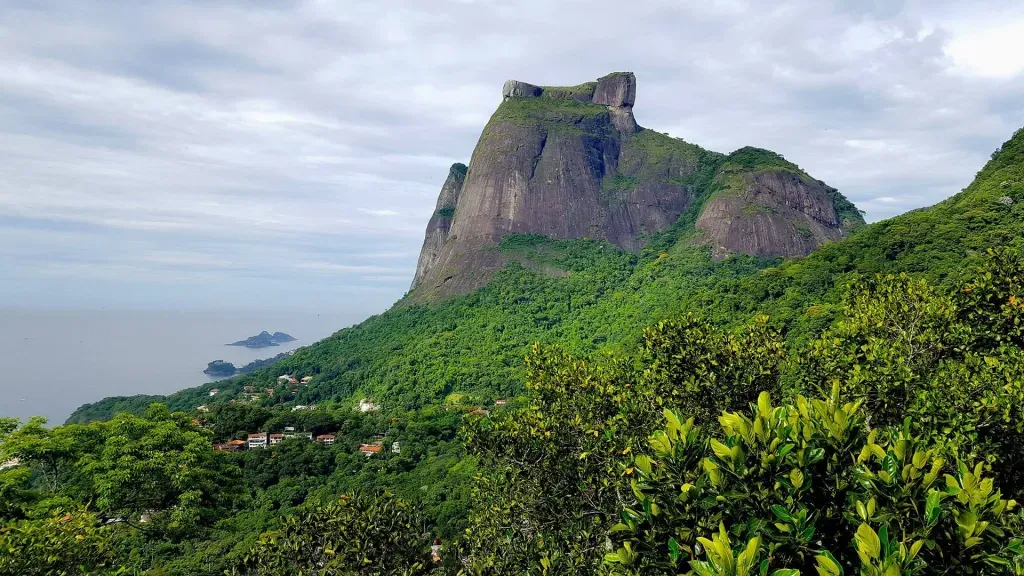
Tijuca National Park in Rio de Janeiro is a lush Atlantic Forest oasis spanning 3,958 hectares, one of the world’s largest urban forests. Peaks like Pico da Tijuca offer sweeping views of Rio’s coastline, while waterfalls like Cascatinha Taunay spill into clear pools. Trails wind through dense greenery teeming with monkeys and parrots.
The park’s history as a reforested coffee plantation adds intrigue, with its greenery a testament to restoration. From the Christ the Redeemer statue to hidden caves, Tijuca blends wild beauty with accessibility, offering a serene escape near Brazil’s urban heart.
Tijuca National Park Highlights
- Lush Atlantic Forest ecosystem
- Scenic Cascatinha Taunay waterfall
- Panoramic views from Pico da Tijuca
- Abundant monkeys and parrots
- Historic reforested landscape
- Iconic Christ the Redeemer site
- Serene trails near urban Rio
Serra dos Órgãos National Park
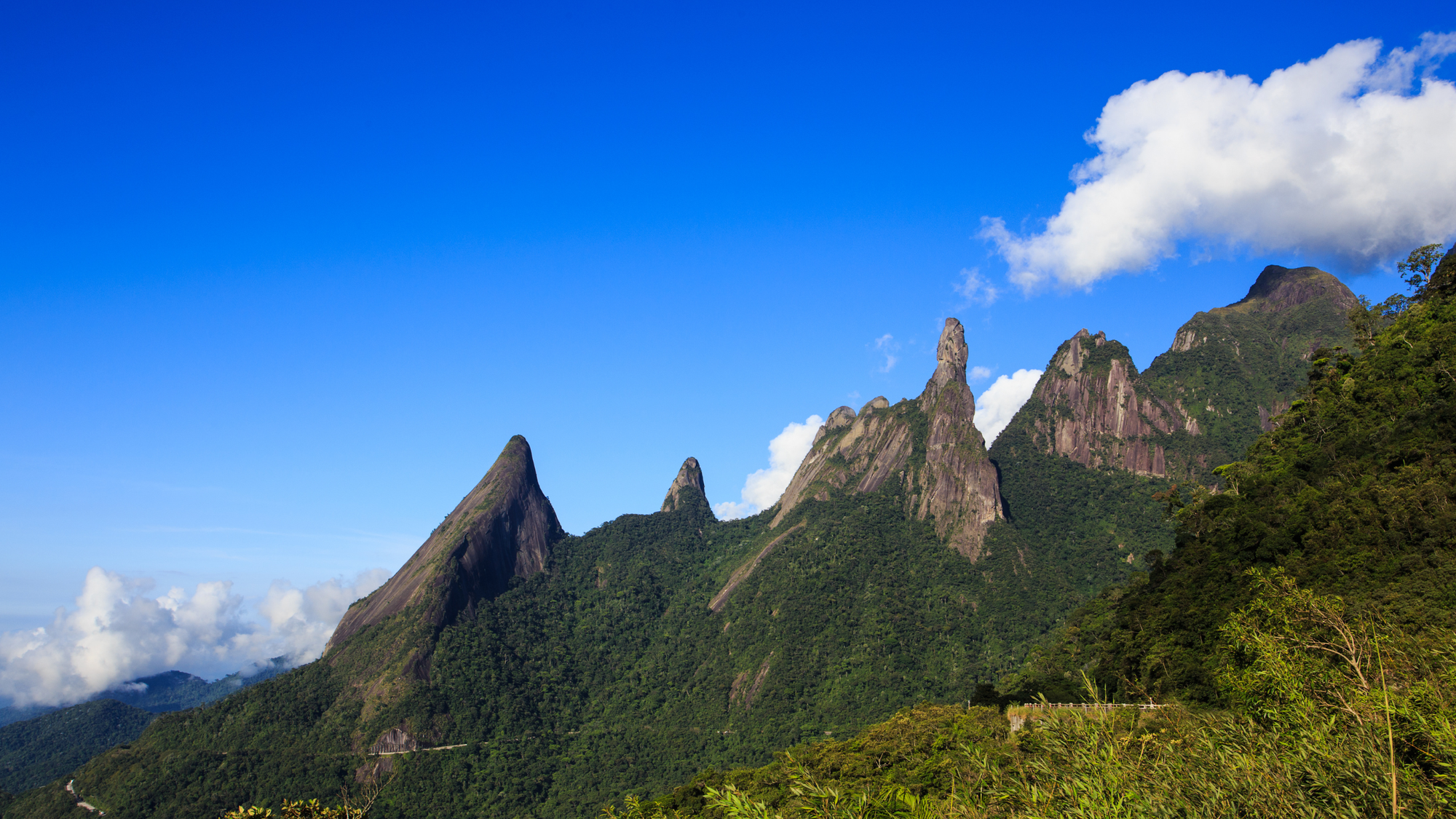
Serra dos Órgãos National Park in Rio de Janeiro is a dramatic mountain range spanning 20,024 hectares, known for jagged peaks like Dedo de Deus. Waterfalls like Véu da Noiva plunge into clear pools, while trails offer panoramic views of mist-shrouded valleys. The Atlantic Forest supports sloths, jaguars, and orchids. The park’s rugged terrain and lush greenery make it a hiker’s paradise, revealing Brazil’s majestic beauty.
Serra dos Órgãos National Park Highlights
- Jagged dramatic mountain range
- Véu da Noiva waterfall
- Panoramic misty valley views
- Lush Atlantic Forest wildlife
- Historic trails from colonial era
- Ideal peaks for climbers
- Serene forest pools
Itatiaia National Park
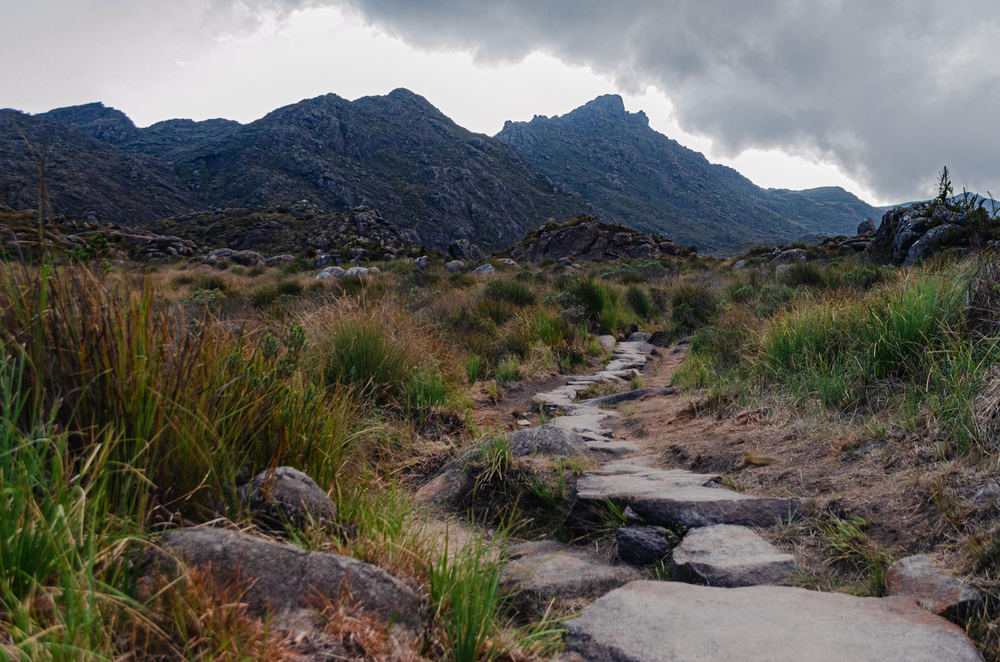
Itatiaia National Park, Brazil’s oldest national park, spans 28,084 hectares across Rio de Janeiro and Minas Gerais, with rugged highland peaks like Pico das Agulhas Negras. The upper section features rocky plateaus and alpine meadows, while the lower section boasts waterfalls like Itaporani. The Atlantic Forest supports ocelots, monkeys, and 350 bird species. The dry season (April to October) is best for trekking, with clear skies, while the wet season fills the rivers. Trails offer views of mist-covered mountains and serene pools, making Itatiaia a haven for Brazil’s highland splendor.
Itatiaia National Park Highlights
- Rugged highland peaks like Agulhas Negras
- Scenic Itaporani waterfall
- Alpine meadows with sweeping views
- Diverse wildlife, including ocelots
- Lush Atlantic Forest trails
- Crystal-clear mountain streams
- Historic as Brazil’s first park
Jaú National Park
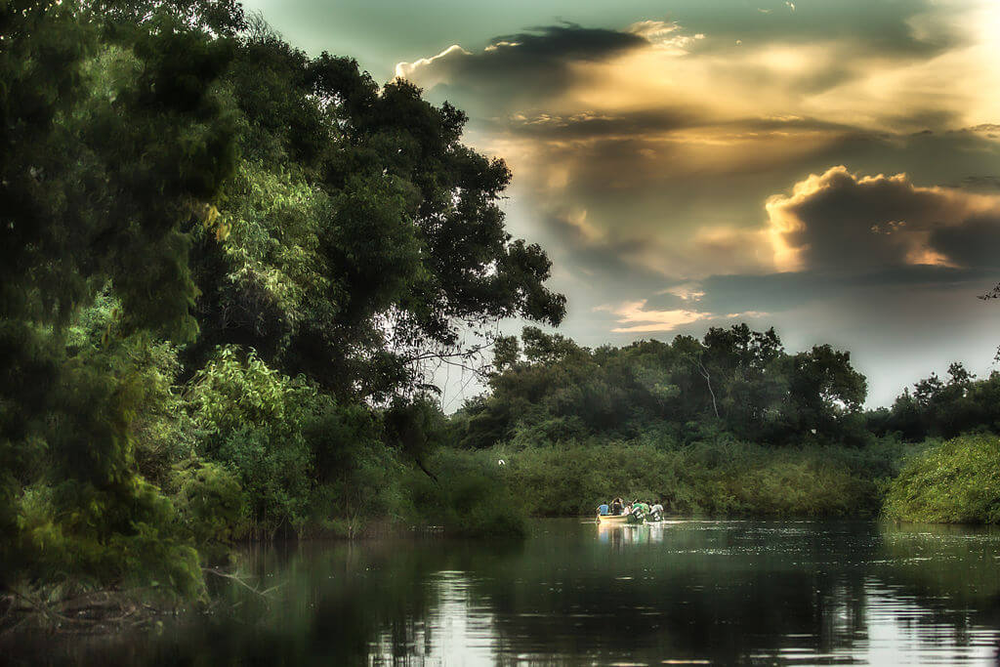
Jaú National Park in Amazonas is a UNESCO World Heritage Site, a vast Amazonian wilderness spanning 2.27 million hectares. The Jaú River winds through dense jungle, home to manatees, jaguars, and giant otters. Flooded forests create a surreal landscape in the wet season (December to May), while the dry season aids exploration. Trails and canoe routes reveal towering trees and hidden lagoons, with the jungle’s sounds filling the air. The park’s remoteness, accessible via Novo Airão, ensures a pristine experience, offering a deep dive into Brazil’s untamed Amazonian beauty.
Jaú National Park Highlights
- Immense vast Amazonian wilderness
- Jaú River with giant otters
- Flooded forests for canoe exploration
- Diverse wildlife, including jaguars
- Towering jungle canopy
- Remote lagoons and trails
- UNESCO-protected pristine ecosystem
Serra da Bocaina National Park
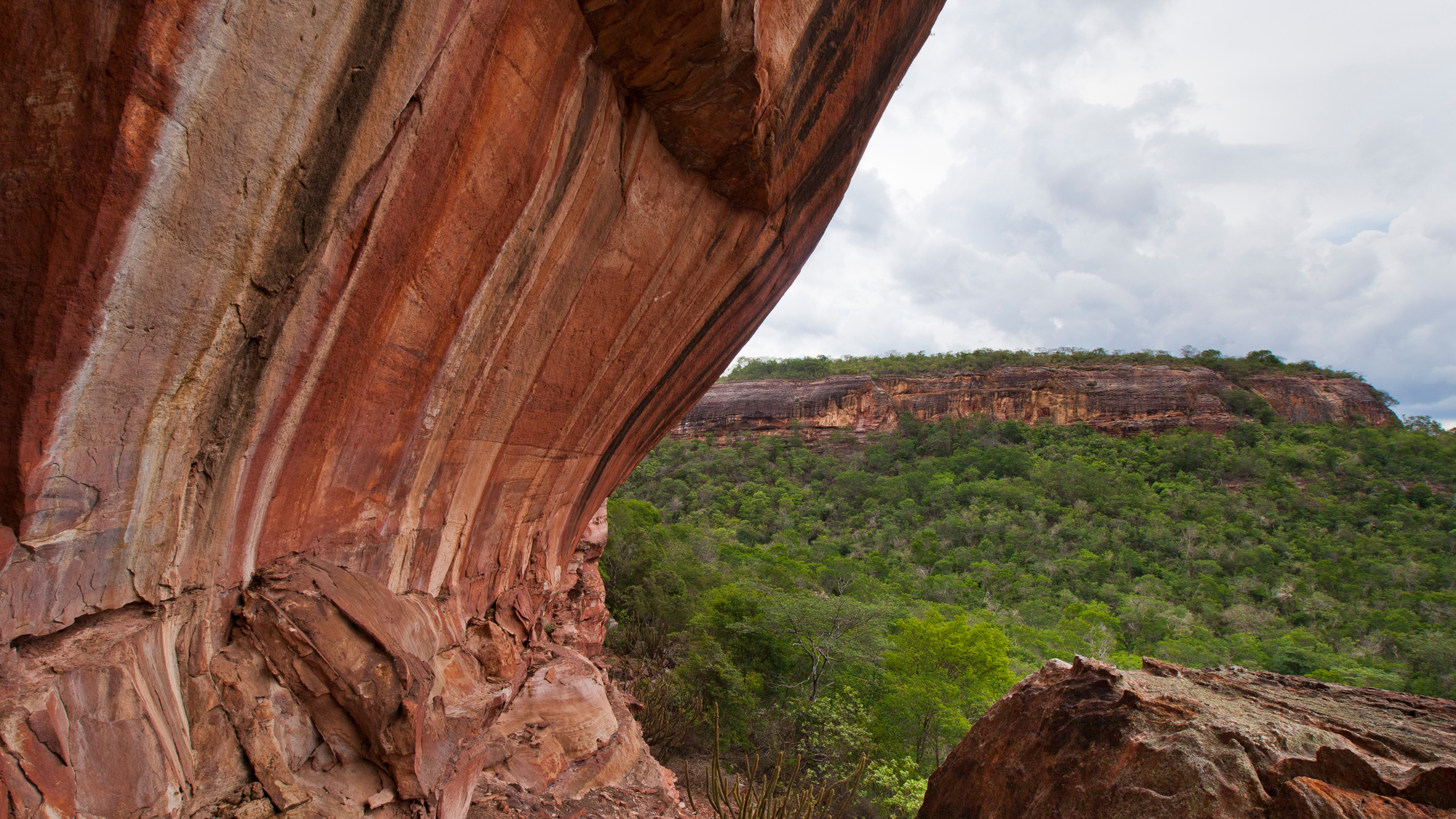
Serra da Bocaina National Park spans 104,000 hectares across São Paulo and Rio de Janeiro, a misty mountain haven of Atlantic Forest and highland streams. Waterfalls like Santo Isidro plunge into clear pools, while peaks like Pico do Tira o Chapéu offer sweeping views of mist-shrouded valleys. Trails, once used by gold miners, wind through lush greenery with monkeys and toucans. The park’s serene beauty and historical trails make it a hidden gem in Brazil’s southeast.
Serra da Bocaina National Park Highlights
- Misty mountain haven with waterfalls
- Santo Isidro’s clear pools
- Panoramic views from Pico do Tira o Chapéu
- Historic gold-mining trails
- Lush Atlantic Forest with toucans
- Serene highland streams
- Mist-shrouded valley vistas
From shimmering dunes to towering waterfalls, The Most Beautiful National Parks in Brazil offer something for everyone. Whether you want to swim in crystal-clear waters, trek through lush jungles, or explore rugged plateaus, each of these destinations delivers unforgettable scenery and adventurous outdoor time.
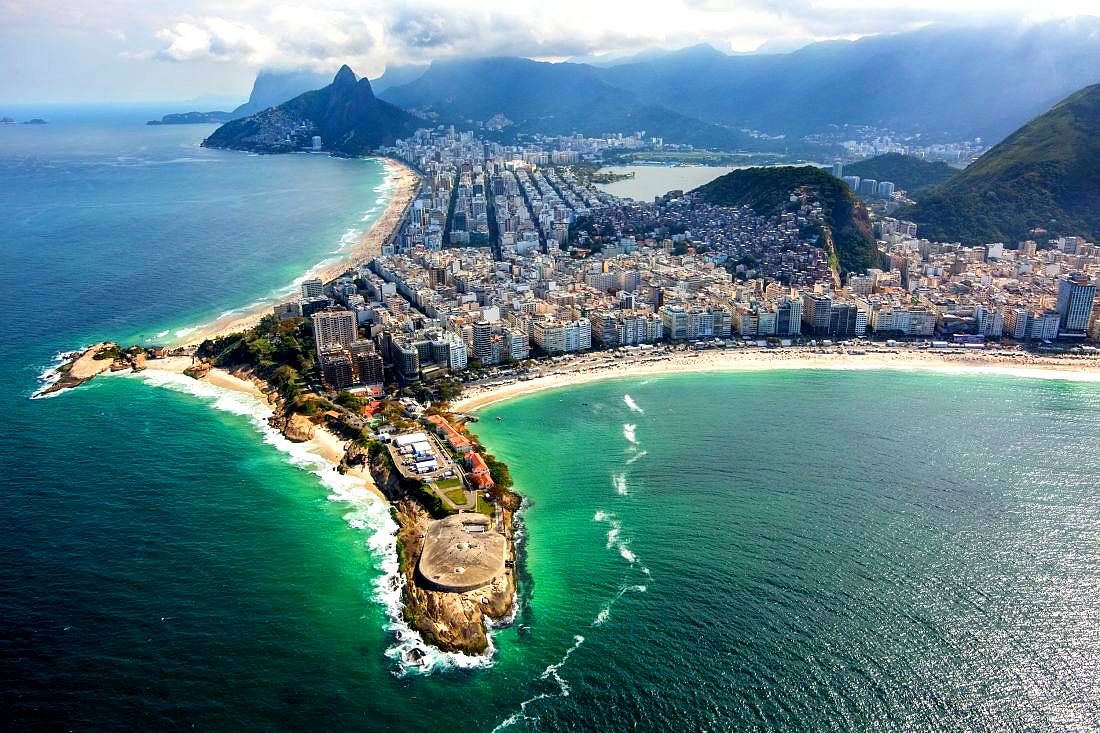

Discover More National Parks Around The World
- World's Most Beautiful National Parks
- Australia's Underrated National Parks
- National Parks That Allow Anywhere Backcountry Camping
- Indonesia's Most Beautiful National Parks
- Komodo National Park: Indonesia's Most Beautiful Park
- U.S. National Parks Guide
- Explore Denmark's National Parks
- Best Things To Do At Daintree National Park
- Most Beautiful U.S. National Parks
- China's Most Beautiful National Parks
- Russia's Most Beautiful National Parks
- Italy's Most Beautiful National Parks
- Colombia's Most Beautiful National Parks
- Brazil's Most Beautiful National Parks


